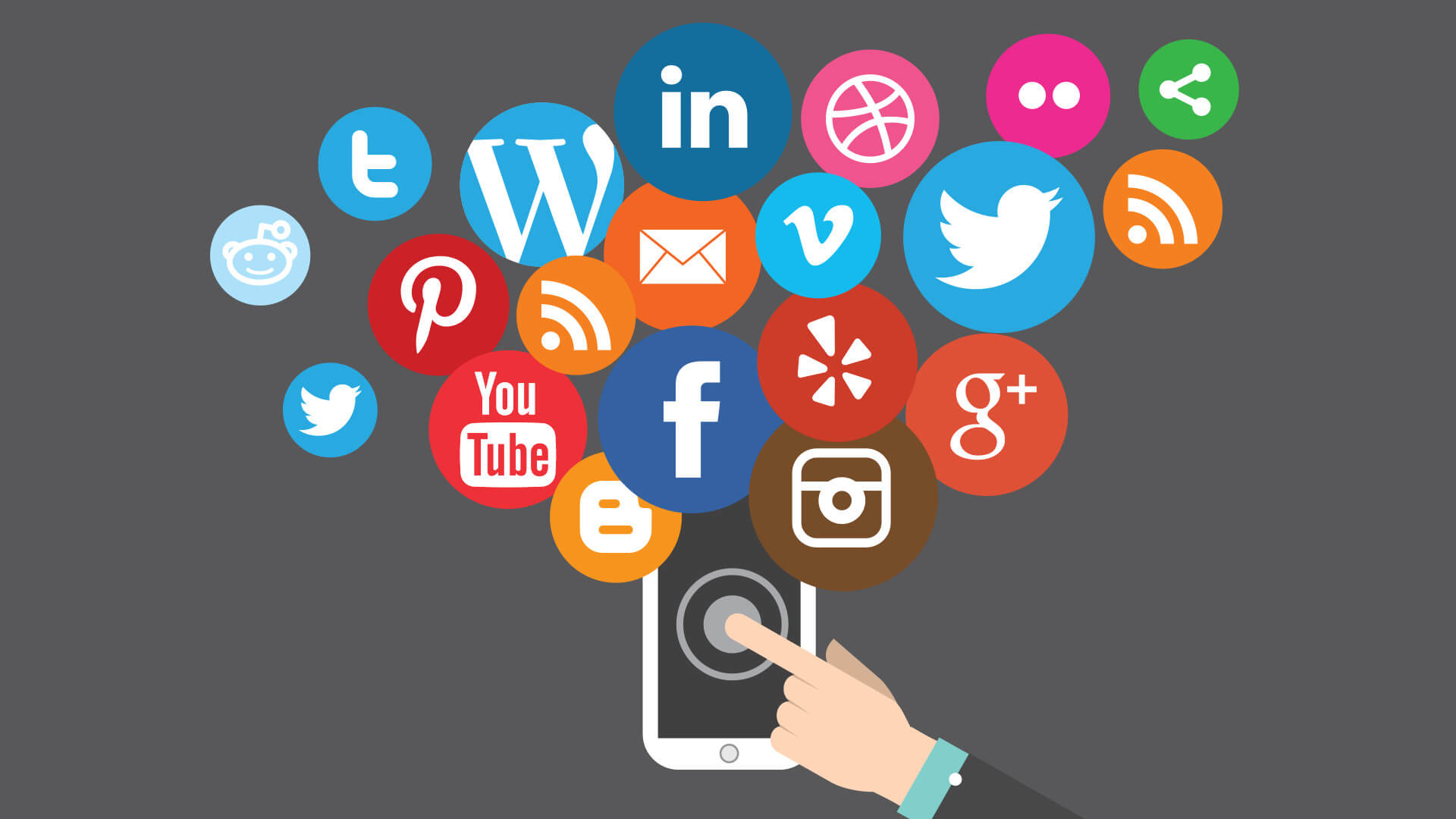What Youtube Promotion Company Experts Don’t Want You To Know

Introduction
In the age of digital transformation, influencer marketing has emerged as a powerful tool for brands to connect with their target audiences. One of the most effective platforms for influencer marketing is YouTube, where influencers can create engaging video content that resonates with viewers. This case study explores the intricacies of influencer marketing on YouTube, focusing on strategies, benefits, challenges, and a real-world example of a successful influencer marketing campaign.
The Rise of Influencer Marketing on YouTube
YouTube, with over 2 billion logged-in monthly users, has become a dominant platform for content consumption. The platform’s extensive reach and diverse user base make it an ideal venue for influencer marketing. Influencers on YouTube, ranging from beauty gurus to tech reviewers, have the power to influence their followers’ purchasing decisions through authentic and relatable content.
Brands leverage youtube influencer marketing service influencers to create sponsored content that promotes their products or services. This form of marketing is highly effective because it integrates the brand message seamlessly into the influencer’s content, making it more relatable and less intrusive than traditional advertising.
Strategies for Successful Influencer Marketing on YouTube
- Identifying the Right Influencer: The success of an influencer marketing campaign hinges on selecting the right influencer. Brands must consider factors such as the influencer’s niche, audience demographics, engagement rate, and authenticity. Tools like Social Blade and Influencer.co can help brands analyze potential influencers’ performance metrics.
- Developing Authentic Content: Authenticity is key to influencer marketing. Influencers must have creative freedom to develop content that aligns with their personal brand while incorporating the brand’s message. This ensures that the content does not come across as forced or inauthentic.
- Setting Clear Objectives and KPIs: Brands need to establish clear objectives for their influencer marketing campaigns. Whether it’s increasing brand awareness, driving sales, or promoting a new product, setting specific goals and key performance indicators (KPIs) helps measure the campaign’s success.
- Engaging with the Audience: Engaging with the audience through comments, likes, and shares is crucial for maximizing the impact of influencer marketing. Influencers should encourage their followers to interact with the content and participate in any call-to-action (CTA) provided by the brand.
- Tracking and Analyzing Performance: Tracking the performance of influencer marketing campaigns is essential for understanding what works and what doesn’t. Brands can use tools like Google Analytics, YouTube Analytics, and third-party platforms like Tubular Labs to measure metrics such as view count, engagement rate, click-through rate (CTR), and conversion rate.
Benefits of Influencer Marketing on YouTube
- Enhanced Reach and Visibility: YouTube influencers have a vast and loyal following. Partnering with an influencer allows brands to tap into their audience, significantly enhancing reach and visibility.
- Improved Credibility and Trust: Influencers are perceived as trusted authorities in their niches. When they endorse a product or service, their followers are more likely to trust the recommendation, leading to higher credibility for the brand.
- Higher Engagement Rates: Video content is inherently more engaging than other forms of content. Influencer marketing on YouTube often results in higher engagement rates, with viewers more likely to like, comment, and share the content.
- Cost-Effective Marketing: Compared to traditional advertising methods, influencer marketing can be more cost-effective. Brands can work with micro-influencers who have smaller but highly engaged audiences, often at a lower cost than partnering with celebrities or running large-scale ad campaigns.
- Diversified Content: Influencer marketing allows brands to diversify their content strategy. Influencers can create various types of content, including product reviews, unboxings, tutorials, and vlogs, catering to different audience preferences.
Challenges of Influencer Marketing on YouTube
- Finding the Right Fit: Identifying the right influencer who aligns with the brand’s values and target audience can be challenging. An influencer with a large following may not necessarily be the best fit if their content does not resonate with the brand’s message.
- Ensuring Authenticity: Maintaining authenticity is crucial but can be challenging when influencers are required to promote specific products or services. Overly scripted or forced content can lead to a loss of credibility.
- Measuring ROI: Measuring the return on investment (ROI) of influencer marketing campaigns can be complex. While metrics like views and engagement are easy to track, attributing sales or conversions directly to the campaign can be difficult.
- Managing Compliance: Influencer marketing is subject to regulatory guidelines, such as the Federal Trade Commission (FTC) guidelines in the United States. Brands and influencers must ensure compliance with disclosure requirements to avoid legal issues.
- Dealing with Negative Feedback: Influencer marketing campaigns are subject to public scrutiny. Negative feedback or backlash from audiences can impact the brand’s reputation. Brands must be prepared to handle such situations effectively.
Case Study: L’Oréal Paris and YouTube Influencer Marketing
Background: L’Oréal Paris, a global beauty brand, sought to promote its new line of skincare products to a younger audience. The brand aimed to increase awareness, drive product trials, and generate buzz on social media.
Strategy: L’Oréal Paris partnered with several beauty influencers on YouTube who had a strong following among the target demographic. The selected influencers included both macro-influencers with millions of subscribers and micro-influencers with highly engaged audiences.
- Content Creation: Influencers were given creative freedom to develop content that showcased their personal skincare routines featuring L’Oréal Paris products. The content included tutorials, product reviews, and before-and-after videos, highlighting the benefits of the products.
- Engagement and Call-to-Action: Influencers encouraged their followers to try the products and share their experiences on social media using a branded hashtag. They also provided discount codes to incentivize purchases.
- Cross-Promotion: L’Oréal Paris leveraged its own social media channels to cross-promote the influencers’ content, amplifying reach and engagement.
Results: The influencer marketing campaign yielded impressive results for L’Oréal Paris.
- Increased Brand Awareness: The campaign reached millions of viewers, significantly increasing brand awareness among the target audience. The branded hashtag trended on social media, generating additional visibility.
- High Engagement Rates: The content received high engagement rates, with viewers actively liking, commenting, and sharing the videos. The interactive nature of the content fostered a sense of community and conversation around the brand.
- Boost in Sales: The use of discount codes and compelling content led to a notable increase in product trials and sales. Many viewers reported purchasing the products after watching the influencers’ recommendations.
- Positive Sentiment: The campaign generated positive sentiment and feedback from both influencers and their followers. Many viewers appreciated the authenticity and relatability of the content, enhancing the brand’s credibility.
Challenges and Learnings: Despite the success, the campaign faced some challenges. Ensuring compliance with FTC guidelines required careful monitoring and collaboration with influencers. Additionally, managing the diverse content styles of multiple influencers required effective communication and coordination.
Conclusion
Influencer marketing on YouTube offers brands a unique opportunity to connect with their target audiences through authentic and engaging content. By selecting the right influencers, developing genuine content, and setting clear objectives, brands can achieve significant benefits, including enhanced reach, improved credibility, and higher engagement rates.
However, successful influencer marketing requires careful planning, execution, and monitoring to overcome challenges such as finding the right fit, ensuring authenticity, and measuring ROI. The case study of L’Oréal Paris demonstrates the potential of YouTube influencer marketing to drive brand awareness, engagement, and sales.
 As the digital landscape continues to evolve, influencer marketing on YouTube will remain a valuable strategy for brands seeking to build meaningful connections with their audiences. By staying attuned to industry trends and continuously refining their approach, brands can harness the power of YouTube influencers to achieve their marketing goals.
As the digital landscape continues to evolve, influencer marketing on YouTube will remain a valuable strategy for brands seeking to build meaningful connections with their audiences. By staying attuned to industry trends and continuously refining their approach, brands can harness the power of YouTube influencers to achieve their marketing goals.

Leave a Reply